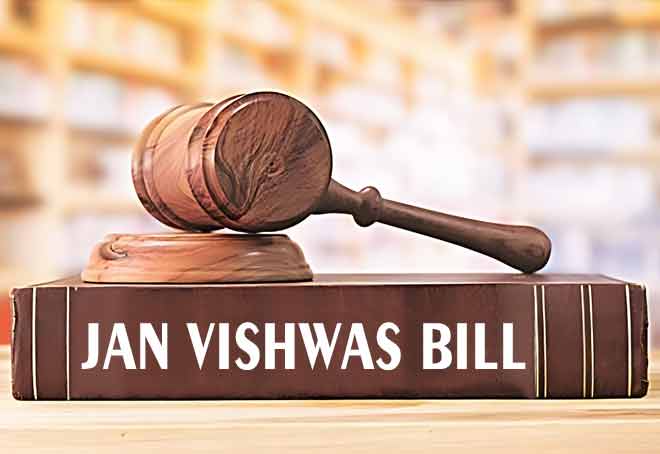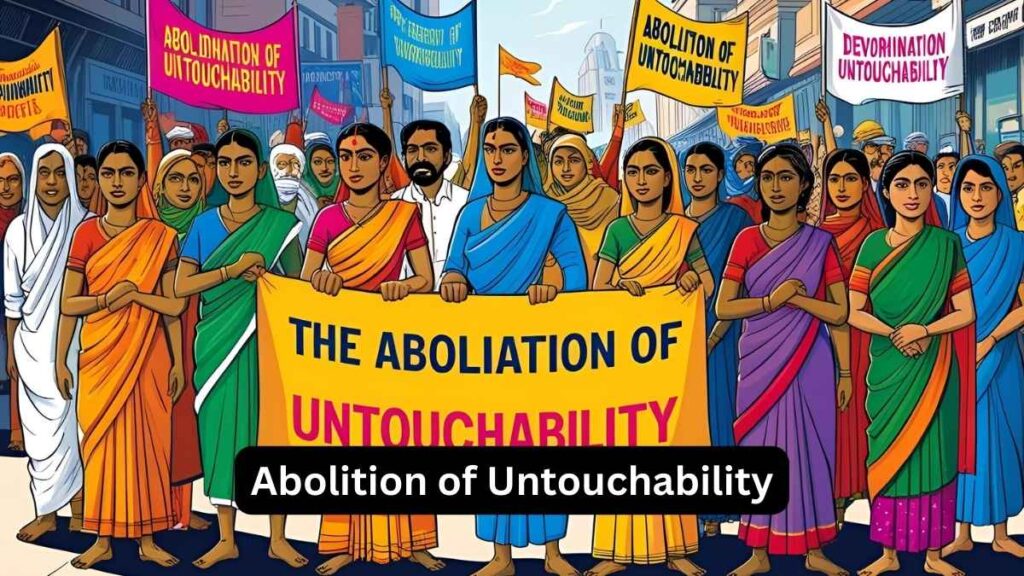Font size:
Print
India’s Battle Against Left Wing Extremism
Ending Left Wing Extremism – Strategies for the Future
Introduction: Left Wing Extremism (LWE), commonly known as Naxalism, has been one of India’s most formidable internal security challenges, rooted in deep socio-economic inequalities and championed through Maoist ideology.
Background
- Since its origins in West Bengal’s Naxalbari in 1967, the movement spread across India’s so-called “Red Corridor”, affecting regions in Chhattisgarh, Jharkhand, Odisha, Maharashtra, Telangana, and beyond.
- The Maoist insurgents have long claimed to fight for the marginalised, particularly tribal communities. However, their violent tactics — including attacks on security forces, destruction of infrastructure, extortion, and recruitment of minors — have obstructed development and endangered lives.
- But India’s comprehensive and coordinated strategy, launched in 2015, has yielded transformative results.
- The National Policy and Action Plan against LWE has delivered significant reductions in violence and insurgency, integrating many affected regions into the national mainstream and enabling long-overdue development.
Declining Footprint of LWE
- The geographical footprint of LWE has shrunk drastically:
- Affected districts: Reduced from 126 (pre-2018) to 38 in April 2024.
- Most affected districts: Reduced from 12 to 6 (4 in Chhattisgarh, 1 in Jharkhand, 1 in Maharashtra).
- Districts of Concern: Reduced from 9 to 6 across Andhra Pradesh, Madhya Pradesh, Odisha, and Telangana.
- Casualties: Annual deaths due to LWE dropped by 85%, from 1,005 in 2010 to 150 in 2024.
- Violent incidents: Down from 1,936 in 2010 to 374 in 2024.
- Security camps: 302 new camps and 68 helipads established in the last five years.
Strategic Interventions
- India’s counter-LWE efforts follow a three-pronged approach: security enforcement, infrastructure development, and community empowerment.
- Security Modernisation and Intelligence Strengthening:
- Security Related Expenditure (SRE) Scheme: Over ₹3,260 crore disbursed for training, ex-gratia payments, and rehabilitation.
- Special Infrastructure Scheme: ₹1,741 crore sanctioned; 612 Fortified Police Stations constructed.
- NIA & ED operations: Financial chokeholds established; PMLA used to disrupt Naxal funding chains.
- Infrastructure Development:
- Road Connectivity: 17,589 km of roads sanctioned; 14,618 km constructed under RRP-I and RCPLWE.
- Telecom Connectivity: 10,505 towers sanctioned; over 7,700 operational. Full mobile saturation expected by Dec 2025.
- Banking & Postal Services: 1,007 bank branches, 937 ATMs, and 5,731 post offices opened since 2015.
- Community Engagement and Welfare:
- Special Central Assistance (SCA): ₹3,563 crore disbursed for public service and infrastructure in LWE districts.
- Civic Action Programme (CAP): ₹196 crore invested in trust-building efforts between locals and security forces.
- Education and Skills: 178 Eklavya Schools, 48 ITIs, and 61 Skill Development Centres are operational.
- Tribal empowerment: Over 1,143 tribal youths were recruited into security forces; large-scale campaigns like ‘Dharti Aaba Janjatiya Gram Utkarsh Abhiyan’ launched in 2024, benefiting over 1.5 crore rural people.
Success on the Ground
- The human impact of this effort is remarkable:
- Over 8,000 Naxalites have surrendered in the past decade.
- In 2024 alone, 290 neutralised, 1,090 arrested, and 881 surrendered.
- By March 2025, 90 more neutralised, and 164 surrendered.
- Landmark operations in Bijapur, Sukma, and Kanker in March 2025 alone resulted in over 38 Naxalites neutralised and major weapons caches recovered.
- Districts like Buddha Pahad and Chakarbandha have been fully reclaimed from Naxalite control.
- In 2014, 330 police stations faced Naxal activity; now only 104 do. The area affected by LWE has shrunk from 18,000 sq. km to 4,200 sq. km.
Path to a Naxal-Free India
- The government has set March 31, 2026, as the target to completely eliminate LWE. The strategy relies on continued momentum across:
- 3Cs: Road Connectivity, Mobile Connectivity, and Financial Connectivity.
- People-first development: Welfare schemes implemented down to the grassroots.
- Persistent engagement: Security forces remain vigilant and proactive in flushing out remaining cadres.
- Policy coordination: Ministries of Home Affairs, Defence, Rural Development, and Education working in sync with state governments.


